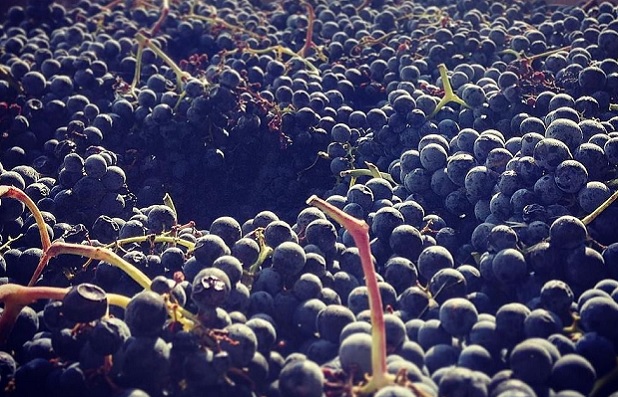By Andy Young
The latest Wine Quarterly report from Rabobank claims that the Australian wine grape industry has entered a “red dawn” with prices rising from the lows of 2011.
The report says that prices are improving particularly for red wine grape varieties in more premium growing areas and that a further appreciation appears likely in the near term.
In its Q4 2016 report, Rabobank says “life has returned to Australian wine grape prices”, with China driving much of the recovery in market conditions.
The wine grape price recovery has been more marked in red wine grapes from more premium cool and temperate climate regions, but there has also been a lift in global commodity bulk wine prices, which is expected to stimulate demand for warm inland climate wine grapes.
Rabobank senior analyst Marc Soccio says relatively constrained domestic and global production and the depreciation of the Australian dollar have also been behind the improved fundamentals for Australian wine grape growers.
“Fortunately, most of the market developments that saw wine grape prices bottom out in 2011 are no longer at play, and we are starting to see sentiment in the industry recover from a time when the national average wine grape price more than halved to A$413 per tonne,” Soccio said.
China and Hong Kong, which recently became the biggest export market for Australian wine, have had a key role in the wine grape price recovery.
The report says “the performance of the China market remains a key barometer of future red wine grape market conditions”.
Soccio added that this was evident in 2015, with the rebound in Chinese wine imports helping to restore the rising trend in wine grape prices. And this trend is expected to continue in 2017, with imports of Australian wine into China increasing by 41 per cent in the six months to June 2016.
“That said, there are signs that the growth in the Chinese market for more premium red wines may be moderating, with some of that demand transitioning to lower price segments in the Chinese market, which may offer more support for commercial red wine grapes than we have seen previously,” Soccio said.
The premiumisation trend in other major markets has also been a factor in the recovery, including in Australia’s domestic market, as well as the US and Canada. “Overall this has led to a marked shift in demand for red varietals from premium temperate climate regions such as the Barossa Valley, McLaren Vale and Coonawarra, and premium cool climate regions such as the Mornington Peninsula and Tasmania, over fruit from more commercial warm inland regions,” Soccio added.
“While the question remains as to which segments of the market will lead demand going forward, it appears unlikely that there will be a significant structural shift away from premium price segments unless there is a major economic shock.”
The report also notes the Australian dollar having “a major bearing on the future direction of wine grape prices”, with the expectation for some modest depreciation in the AUD/USD rate over the next 12 months.
“This is good news for Australian wine companies, however they will also be keenly watching key currency crosses which are less favourable, in particular the British pound,” said Soccio.

